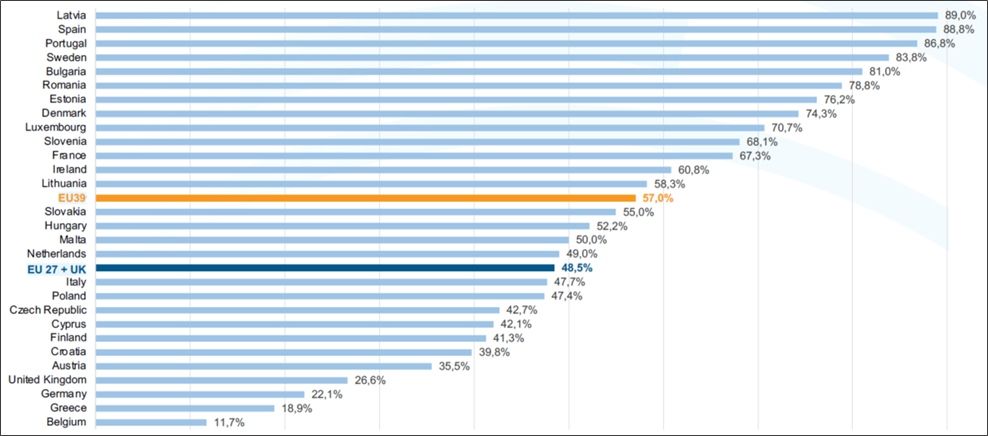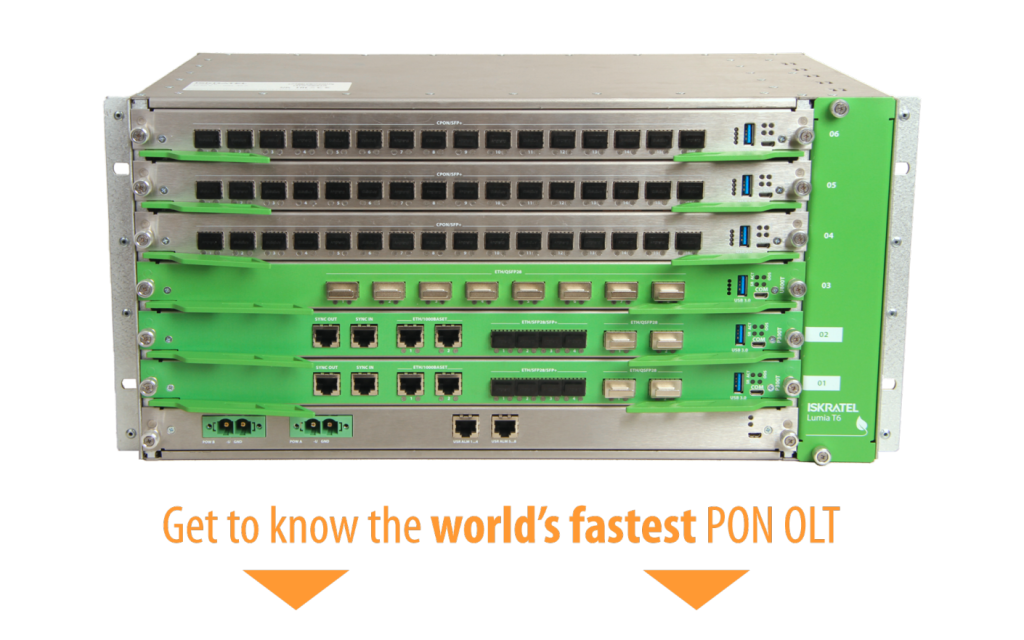FTTH and 5G FWA: A partnership to connect the world
by Edgar Maldonado, 5G FWA product manager
(3-minute read / 600 words)
Governments all around the world are setting their goals for a connected society, ensuring internet access to as many citizens as possible, if not for everyone.
Bridge that divide
In doing so, they are fighting against what is known as the digital divide, the gap between those who have access to digital technology and those who do not. The digital divide is highly regarded as a problem of competitiveness for countries in a connected world, and internet access is one the factors increasing this digital gap, limiting access to knowledge.
On the other hand, the Covid-19 crisis was an accelerator of already present trends, such as online learning or the gig economy. With no surprise, the countries with a highly connected society were able to embrace those trends faster.
Welfare for all
This goes hand in hand with the vision of the United Nations, an organisation believing that with an adequate telecommunication infrastructure, individuals and business can make part of the digital economy, accelerating the achievement of the United Nations’ Sustainable Development Goals (SDGs) by 2030. Learning can be more accessible, and health services could reach more people in remote areas, for example, if these services are available online.
According to the International Telecommunication Union, a UN agency, 4.9 billion people were online at end of 2021. In Europe, around 88% of people were online. On the other hand, around one third of the world population had no access to the internet.
Fibre to the people
In this context, FTTH (fibre to the home) is currently seen as the network technology capable of delivering the highest speed of internet connectivity. It comes as no surprise that providing higher internet speeds improves the quality of access to online knowledge and services.
FTTH deployment in Europe has been progressing in the last years. The statistics by the FTTH Council Europe show that the percentage of homes passed reaches close to 90% in some countries (such as Latvia or Spain).

FTTH/B coverage (homes passed) in EU27+UK, September 2021.
Source: FTTH Council Europe
Nevertheless, albeit it is expected that countries will keep progressing in the deployment of optical fibre across their territory, this is not a task without challenges. In countries such as Germany, the administrative hurdles are delaying the deployment, while Italy, as another example, lacks skilled workers and has thus temporarily stopped some fibre deployment projects.
Enter FWA
And here is where 5G FWA (fixed wireless access) comes into play. The use case for 5G FWA is intended to provide internet access to homes, business and schools without the need to laying fibre or cables in the last mile. Instead, a 5G cellular connection is used for that “last mile”.
This can be used (or viewed) as a temporary solution to overcome the delay in fibre deployment and immediately provide high-speed connectivity to customers that need a better network performance.
On the other hand, 5G FWA also comes as a permanent solution. Reaching 100% homes passed with FTTH will not really be likely – either because the deployment is too expensive to be commercially viable (mostly in remote areas), or because the installation of fibre is not allowed (in protected areas, such as historical city centres or cultural monuments).
Where does it take us then?
Hence, we can expect a future in which both broadband-access technologies, FTTH and 5G FWA, will work together in addressing specific deployment needs of each country. We can expect FWA over cellular networks to increase its performance with new generations (beyond 5G) – but so will fibre-access technology.

Therefore, we are not amidst two competing technologies, FTTH and 5G FWA. Instead, we are witnessing a partnership that will connect the world – and bring services that improve the quality of life closer to people.
Related articles

Unlocking invaluable benefits for fibre rollouts with interoperability
Learn more
Maintaining CPE Sustainability Every Step of the Way
Learn more
Investing in the right equipment vendor can unlock your network deployment
Learn more






